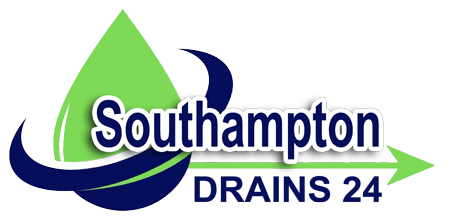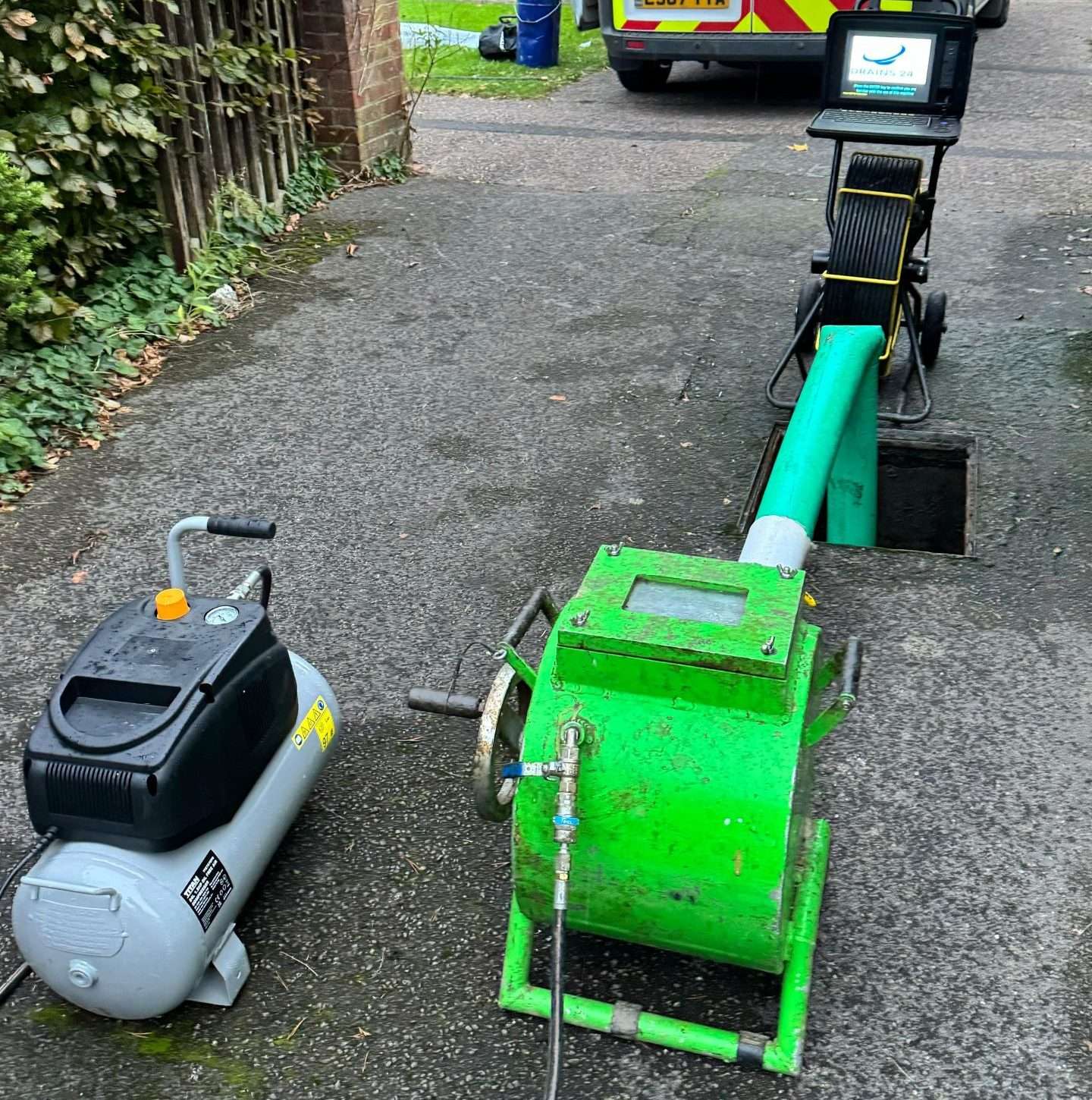Cured-In-Place Pipe (CIPP) lining is a revolutionary trenchless technology that has transformed the way drainage issues are addressed. As drainage experts at Southampton Drains24, we use CIPP lining to repair damaged pipes without the need for extensive excavation, ultimately saving time, money, and disruption. In this blog post, we’ll look at the essential tools and machinery required for the CIPP drain lining process, illustrating how this innovative method works to restore your drainage system.
What is CIPP Lining?
CIPP lining is a repair method that involves creating a new pipe within the existing damaged pipe. A resin-saturated liner is inserted into the pipe, which is then cured (hardened) in place to create a durable, seamless new pipe. This method is particularly effective for addressing issues such as cracks, leaks, and root intrusions without the need for traditional pipeline replacement.
Essential Tools and Machinery for CIPP Drain Lining
- CIPP Liner
- The heart of the process is the CIPP liner itself, typically made of a felt or fiberglass material saturated with a special resin that cures to form a strong, durable pipe. The choice of liner material can vary depending on the specific requirements of the project.
- Resin Mixing Equipment
- To prepare the CIPP resin, we utilize specialized mixing equipment that ensures the resin is blended to the correct consistency. This step is crucial for the curing process and the overall effectiveness of the lining.
- Insertion Equipment
- Using a winch or pushing equipment, the CIPP liner is inserted into the existing pipe. This equipment needs to be capable of applying sufficient force to position the liner accurately without causing damage to the existing infrastructure.
- Air Pressure Equipment
- After inserting the liner, air pressure equipment is used to inflate it against the walls of the existing pipe. This ensures that the resin adheres properly to the pipe’s interior, creating a seamless repair.
- Curing Equipment
- Curing the resin is a vital part of the CIPP process. Depending on the resin type and project requirements, various curing methods may be employed:
- Hot Water Curing: Uses heated water to accelerate the curing process.
- Steam Curing: Involves the use of steam to cure the resin within the liner.
- UV Curing: Utilizes ultraviolet light to cure the resin, often employed for smaller projects or where minimal disruption is desired.
- Curing the resin is a vital part of the CIPP process. Depending on the resin type and project requirements, various curing methods may be employed:
- CCTV Drain Inspection Cameras
- Before, during, and after the CIPP lining process, CCTV drain inspection cameras are used to assess the condition of the pipes. This technology allows for accurate pre-lining assessments and post-installation confirmation that the lining has been executed correctly.
- Cleaning Equipment
- Before the CIPP lining can commence, the pipe must be thoroughly cleaned to ensure that the resin adheres properly. High-pressure water jetting or mechanical tools like drain snakes may be used to remove any debris, roots, or buildup in the pipe.
The CIPP Lining Process
- Initial Inspection:
The process begins with a comprehensive CCTV drain inspection to assess the condition of the existing pipe. - Cleaning the Pipe:
Comprehensive cleaning is performed to prepare the pipe for the lining application. - Preparing and Inserting the Liner:
The liner is saturated with resin and then inserted into the pipe using insertion equipment. - Inflating the Liner:
Air pressure equipment inflates the liner against the internal walls of the existing pipe. - Curing the Resin:
The resin is cured using the chosen method (hot water, steam, or UV) to ensure a strong bond. - Final Inspection:
After the curing process, a final CCTV inspection is conducted to verify the successful installation of the CIPP liner.
Conclusion
CIPP drain lining is an effective and efficient method for repairing damaged pipes without the need for extensive excavation. The tools and machinery involved in this process play a vital role in ensuring a successful outcome. At Southampton Drains24, we are proud to offer expert CIPP lining services, helping homeowners maintain healthy and functional drainage systems.
If you’re facing drain issues or would like to know more about our CIPP lining services, don’t hesitate to reach out!

